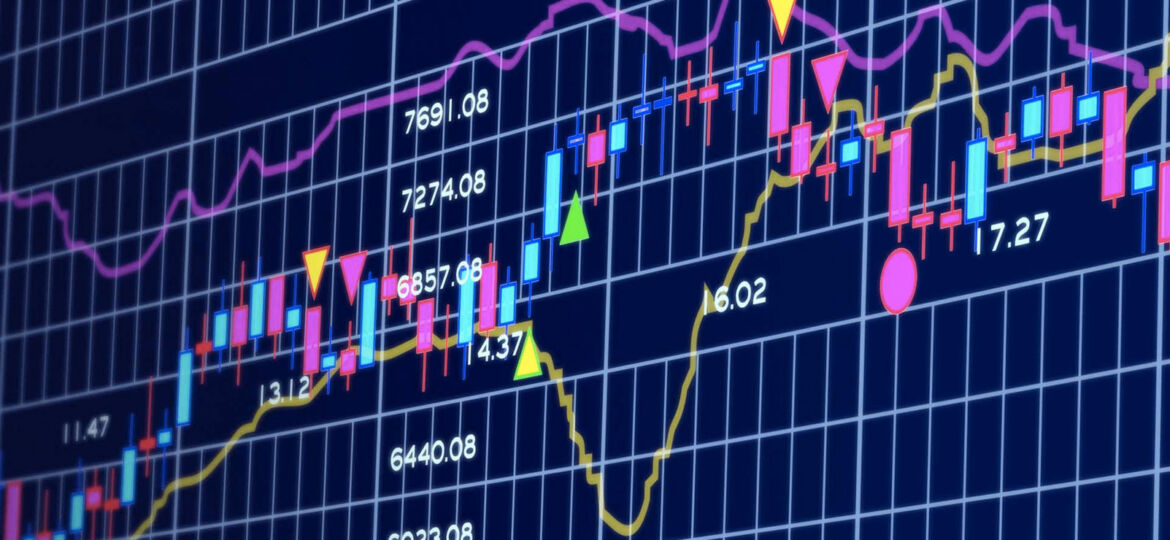
WHY THIS MATTERS IN BRIEF
The Vice Chairman of the DTCC argues that a lack of standards is holding back blockchains adoption in the financial services industry, and he wants to change that.
Last week Larry Thompson, the Vice Chairman of the US Depository Trust and Clearing Corporation (DTCC), a company who provides a wide range of clearing and settlement services to the global financial markets, and who process trillions of dollars of securities transactions a day, made a rallying call for the development of standards to help accelerate adoption of Blockchain and other forms of distributed ledger technology in the financial markets industry.
During his keynote speech at a conference in Frankfurt last week he argued that a lack of co-ordination and collaboration around the world is only helping to complicate existing financial market structures, and I think you’d be hard pressed to find anyone that disagrees with his point of view.
The DTCC has been an active champion of blockchain technology since it first broke onto the scene and they’ve been working with a variety of industry stalwarts, including the likes of Axoni, Digital Asset Holdings, IBM and the R3 Consortium, to create a new model for the repo industry and overhaul the Trade Information Warehouse they use to handle their post-trade processing of derivatives contracts.
During his speech Thompson emphasised the importance of collaboration and standardisation to the ultimate outcome of these projects and outlined the company’s participation in the Linux Foundation Hyperledger Project and the Ethereum Enterprise Alliance.
“While collaboration has been considerable to date, we are still in a period where technology firms and vendors are jockeying to position themselves as ‘the’ technology provider that will serve as the ledger and platform for any number of new smart contract or other applications,” he said, “perhaps understandably, their focus is more on becoming the technology partner of first resort, rather than on establishing and agreeing to common principles that lay the foundation for maximum interoperability of networks, and broadest use of software applications.”
The DTCC recently set up an “Office of Fintech Strategy” to assess the opportunities and risks that are appearing as a result of new emerging technologies, like Artificial Intelligence (AI) and Blockchain, and as a result they’re spearheading hundreds of meetings with start ups, vendors and market participants. During his address, Thompson urged policymakers and regulators to become more vocal and engaged in driving the standardisation effort.
“To put it more bluntly, without coordination, the industry’s embrace of an assortment of blockchains and software solutions, relying on a multitude of standards, will only further complicate existing market structure,” he told the audience, which comprised senior representatives from the European Central Bank, the Bank of England and the US Treasury Department’s Office of Financial Research, “without coordination to settle on a common set of standards applicable to DLT and used globally, we are at risk of repeating the past and creating new siloed systems that cannot interact with each other. We need to increase awareness of the need for harmonised technology standards and best practices for the purposes of integration and interoperability. The official sector can help.”
Thompson believes that every user of a blockchain must agree to standardised protocols, programming language, data fields and dictionaries for it to be implemented successfully, and he mused that agreements on a common global ledger for reporting derivatives transactions could help regulatory bodies meet G20 goals for lessening risks and improving transparency.
“Agreeing on one common ledger could end the discussion,” says Thompson, “all that would be needed to facilitate this is a network node established for the supervisor.”
While the industry is still a long way from realising his vision Thompson argues it can be realised.
“It would take disciplined coordination and a disciplined insistence on common standards to achieve,” he said, “understanding how the technology fits into existing regulatory frameworks will be critical, and we do not expect that the regulatory framework, which has been created over the past 70 years, will change significantly or need to be replaced to make way for an embrace of DLT. Rather, the framework will likely evolve as innovation has the potential to provide supervisors with enhanced oversight of the markets and a deeper understanding of risk.”

















[…] Source link […]